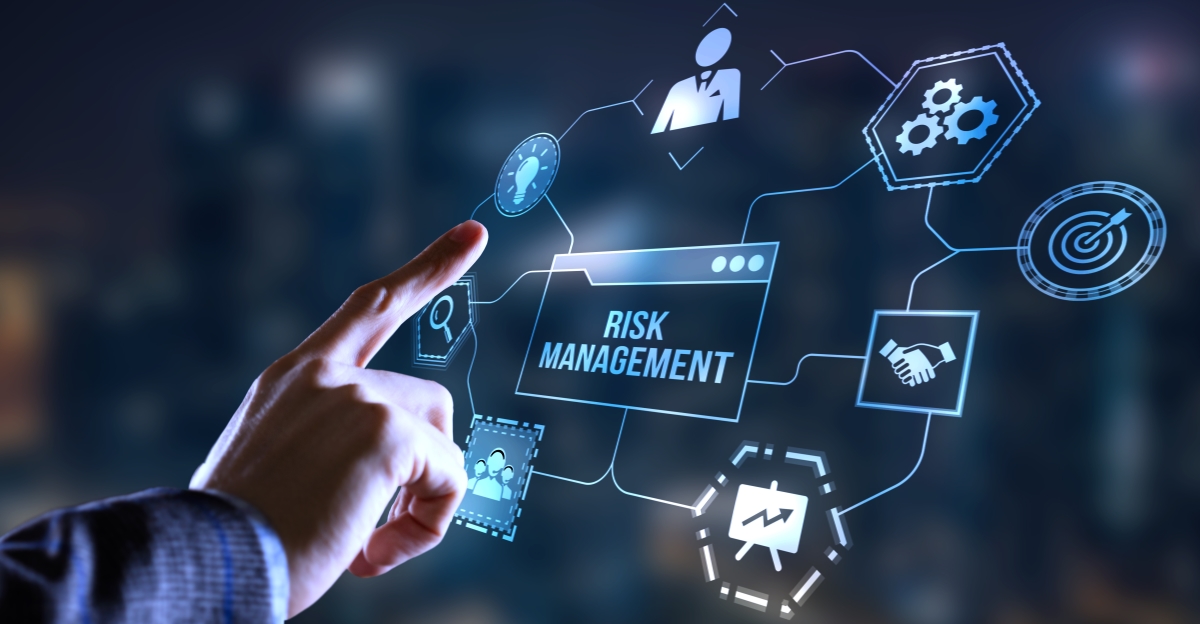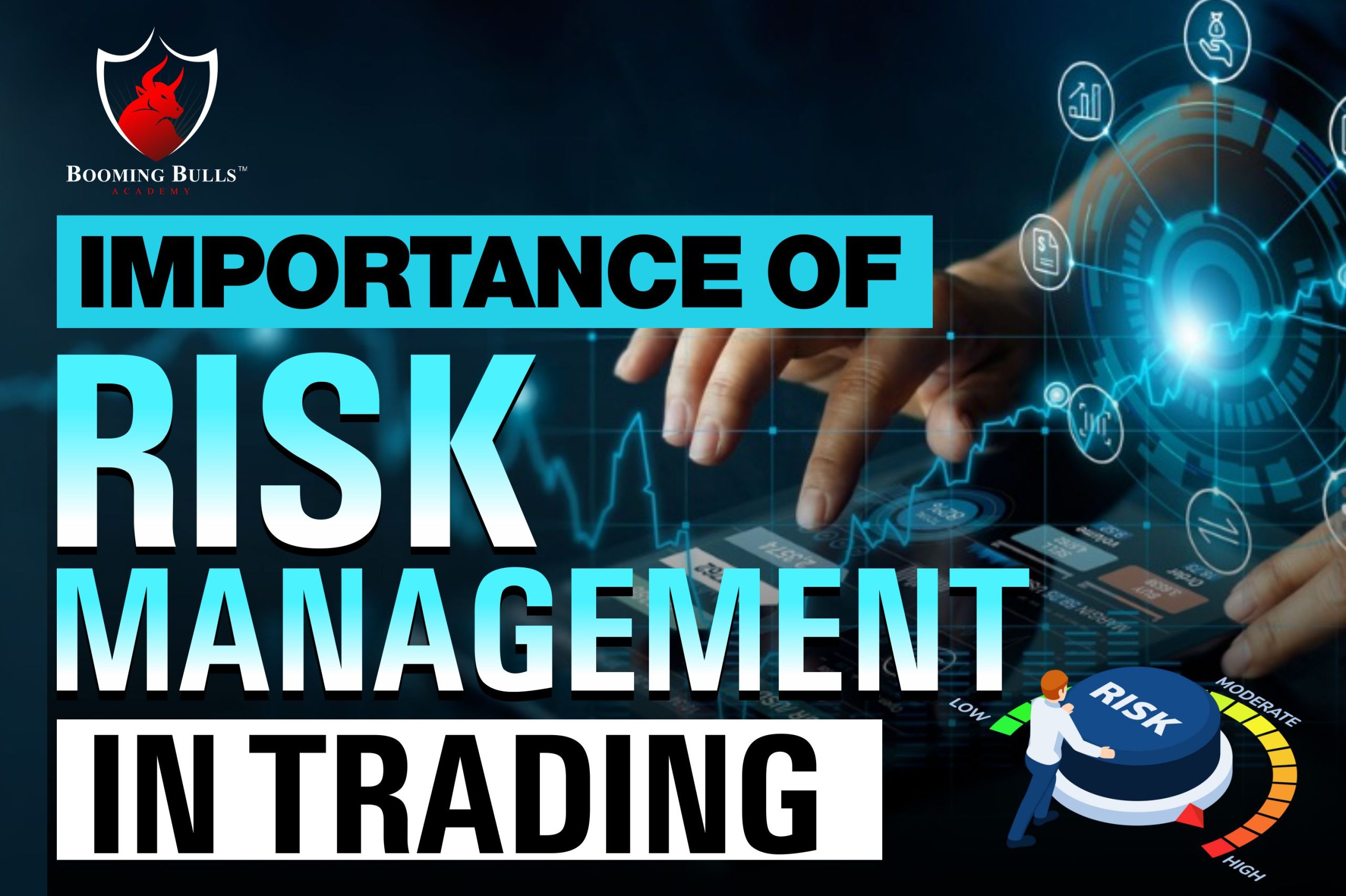Why the Importance of Risk Management Cannot Be Overlooked in Today’s Modern Economy
Why the Importance of Risk Management Cannot Be Overlooked in Today’s Modern Economy
Blog Article
Discovering the Relevance of Risk Management for Effective Decision-Making Approaches
In the elaborate world of business, Risk Management emerges as an important element in the decision-making process. The ability to recognize potential risks and opportunities, and plan as necessary, can mean the difference between success and failing. With tools such as SWOT and PESTEL, organizations are furnished to make informed choices, promoting strength and versatility in an ever-changing environment. Wondering how this works? Let's unpack the characteristics better.
Comprehending the Principle of Risk Management
Risk Management, a critical component in decision-making, is often misunderstood or oversimplified. Typically, it refers to the identification, assessment, and prioritization of dangers to lessen, check, and regulate the possibility or effect of regrettable occasions. Nonetheless, it's not simply about protecting against adverse outcomes, however additionally about recognizing prospective opportunities. Risk Management involves organized and self-displined approaches, making use of data and informative evaluations. It calls for a detailed understanding of the organization's context, goals, and the prospective risks that can prevent them. From financial uncertainties, legal liabilities, strategic Management errors, to mishaps and all-natural calamities, it deals with various risks. Significantly, efficient Risk Management is not stationary; it's a continual, forward-looking procedure that progresses with changing scenarios.
The Role of Risk Management in Decision-Making Processes
In the world of calculated planning and company procedures, Risk Management plays an integral function in decision-making processes. Risk Management therefore ends up being an essential tool in decision-making, aiding leaders to make informed choices based on a comprehensive understanding of the threats entailed. Risk Management offers as an important component in the decision-making procedures of any kind of company.

Just How Risk Management Improves Strategic Preparation
In the context of calculated preparation, Risk Management plays a crucial role. Launching with the identification of potential dangers, it further reaches the implementation of Risk mitigation measures. The function of Risk Management is vibrant however not fixed, as it requires constant tracking and adjusting of approaches.
Determining Potential Risks

Implementing Risk Mitigation
Risk reduction methods can range from Risk evasion, Risk transfer, to risk reduction. Each technique needs to be tailored to the certain Risk, considering its prospective impact and the organization's Risk resistance. Reliable Risk reduction needs a deep understanding of the Risk landscape and the prospective impact of each Risk.
Surveillance and Adjusting Techniques
Though Risk reduction is an important action in critical preparation, continual monitoring and change of these techniques is equally essential. This ongoing procedure permits Continue organizations to recognize new risks and reassess existing ones, guaranteeing the executed strategies stay effective in the ever-changing service environment. It also supplies a possibility to review the success of the Risk Management steps, enabling adjustments to be made where essential, further boosting critical preparation. Efficient tracking and adjustment require making use of analytics and key efficiency signs (KPIs) to determine effectiveness. These tools provide valuable data-driven understandings that can notify strategic decision-making. Monitoring and changing Risk Management techniques is an essential component for improving a company's durability and tactical planning.
Situation Researches: Effective Risk Management and Decision-Making
Worldwide of organization and money, successful Risk Management and decision-making commonly offer as the pillars of prosperous ventures. One such entity is an international oil firm that mitigated monetary loss by hedging against fluctuating oil prices. In one more instance, a technology startup prospered by determining and approving risky, high-reward techniques in an unpredictable market. A worldwide financial institution, faced with regulative uncertainties, successfully navigated the situation with proactive Risk analysis and dynamic decision-making. These instances highlight the value of sharp Risk Management in decision-making procedures. It is not the absence of Risk, yet the Management of it, that commonly distinguishes successful companies from unsuccessful ones. These cases emphasize the important function of Risk Management in calculated decision-making. importance of risk management.
Tools and Techniques for Reliable Risk Management
Navigating the intricate labyrinth of Risk Management calls for the right set of techniques and devices. These devices, such as Risk registers and warmth maps, help in determining and examining prospective dangers. Methods consist of both quantitative methods, like level of sensitivity analysis, and qualitative techniques, such as SWOT analysis. These aid in focusing on threats based upon their prospective effect and chance. Risk action approaches, an essential element of Risk Management, entail accepting, staying clear of, moving, or mitigating her comment is here threats. Monitoring and controlling dangers, through normal audits and reviews, ensure that the approaches stay effective. With these devices and methods, decision-makers can browse the complicated landscape of Risk Management, therefore facilitating educated and reliable decision-making.
Future Patterns in Risk Management and Decision-Making Methods
As we discover the huge landscape of Risk Management, it comes to be apparent that the tools and methods made use of today will certainly remain to progress. Future fads point in the direction of an increased dependence on innovation, with expert system and maker understanding playing considerable functions. These modern technologies will make it possible for companies to anticipate potential dangers with higher precision and make more enlightened choices. Furthermore, there will be a growing focus on resilience, not simply in taking care of risks yet also in recuperating from negative situations. Last but not least, the principle of Risk culture, where every member of an organization knows and associated with Risk Management, will obtain much more prestige. These patterns declare a more aggressive and inclusive method in the direction of Risk Management and decision-making.
Verdict

Risk Management therefore ends up being an important device in decision-making, assisting leaders to make informed options based on a thorough understanding of the risks entailed. Risk reduction methods can vary these details from Risk avoidance, Risk transfer, to risk reduction (importance of risk management). Efficient Risk mitigation needs a deep understanding of the Risk landscape and the potential effect of each Risk. Risk reaction strategies, a key part of Risk Management, involve accepting, avoiding, transferring, or mitigating threats. The concept of Risk culture, where every participant of an organization is aware and involved in Risk Management, will certainly get much more importance
Report this page